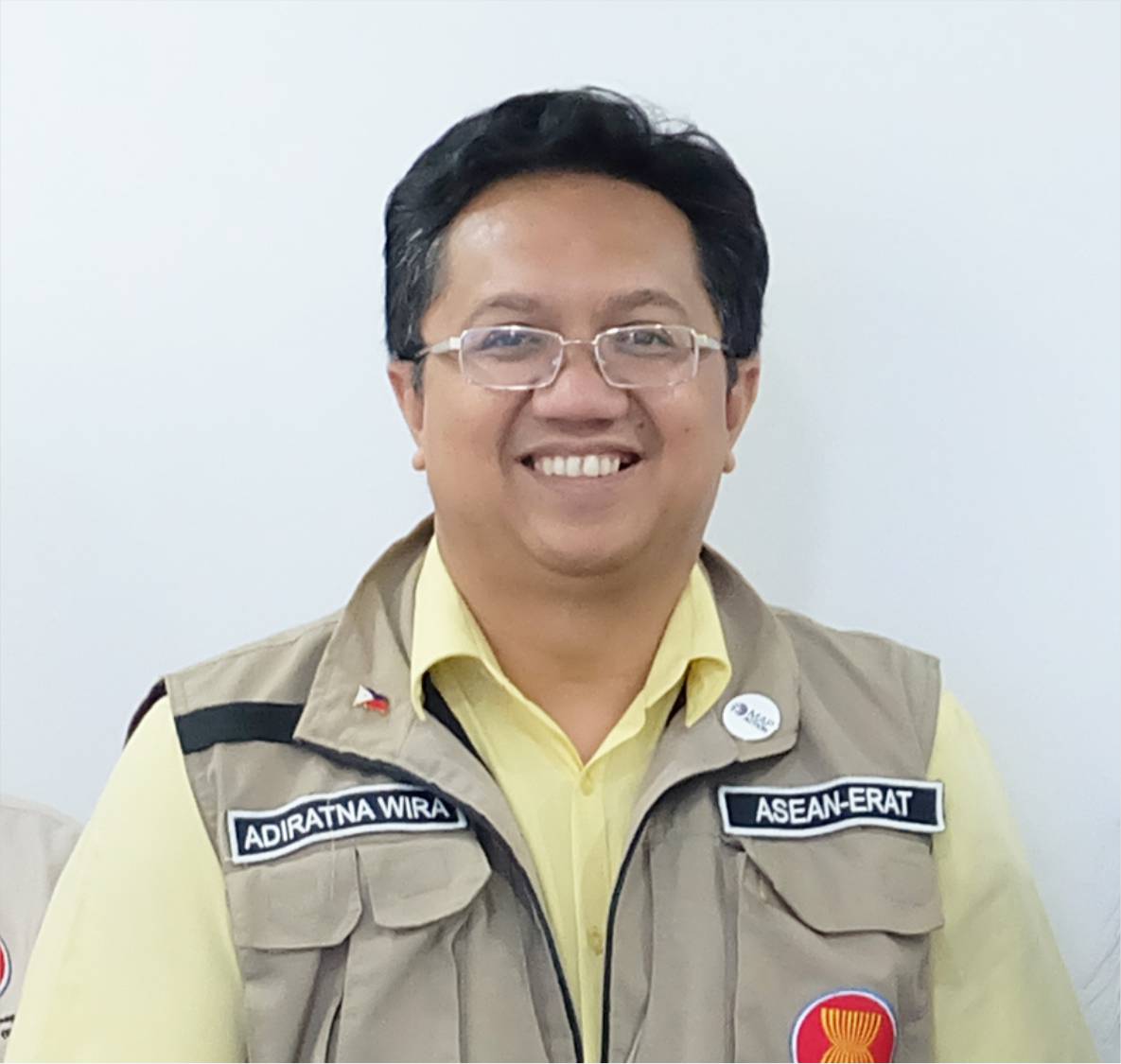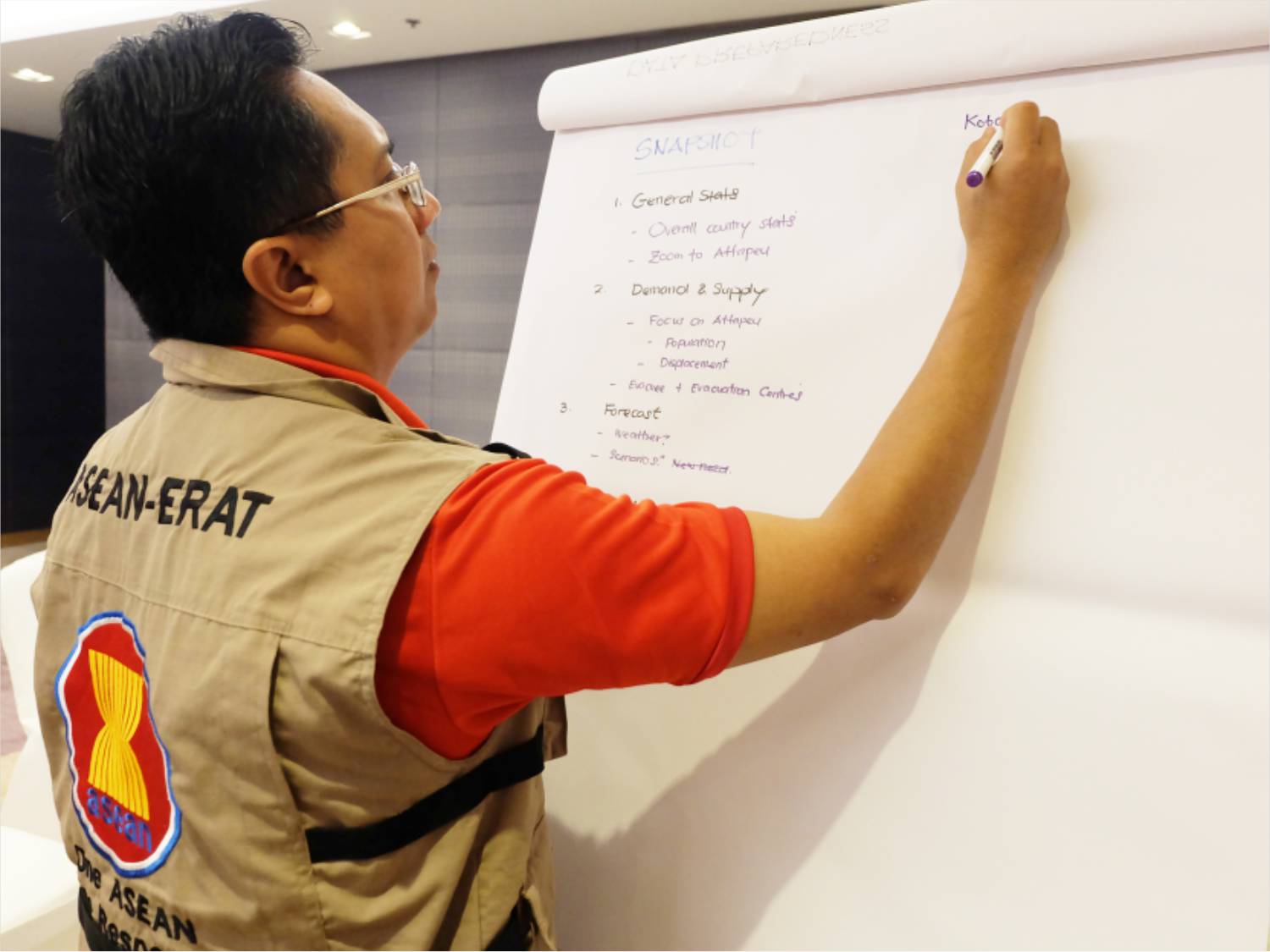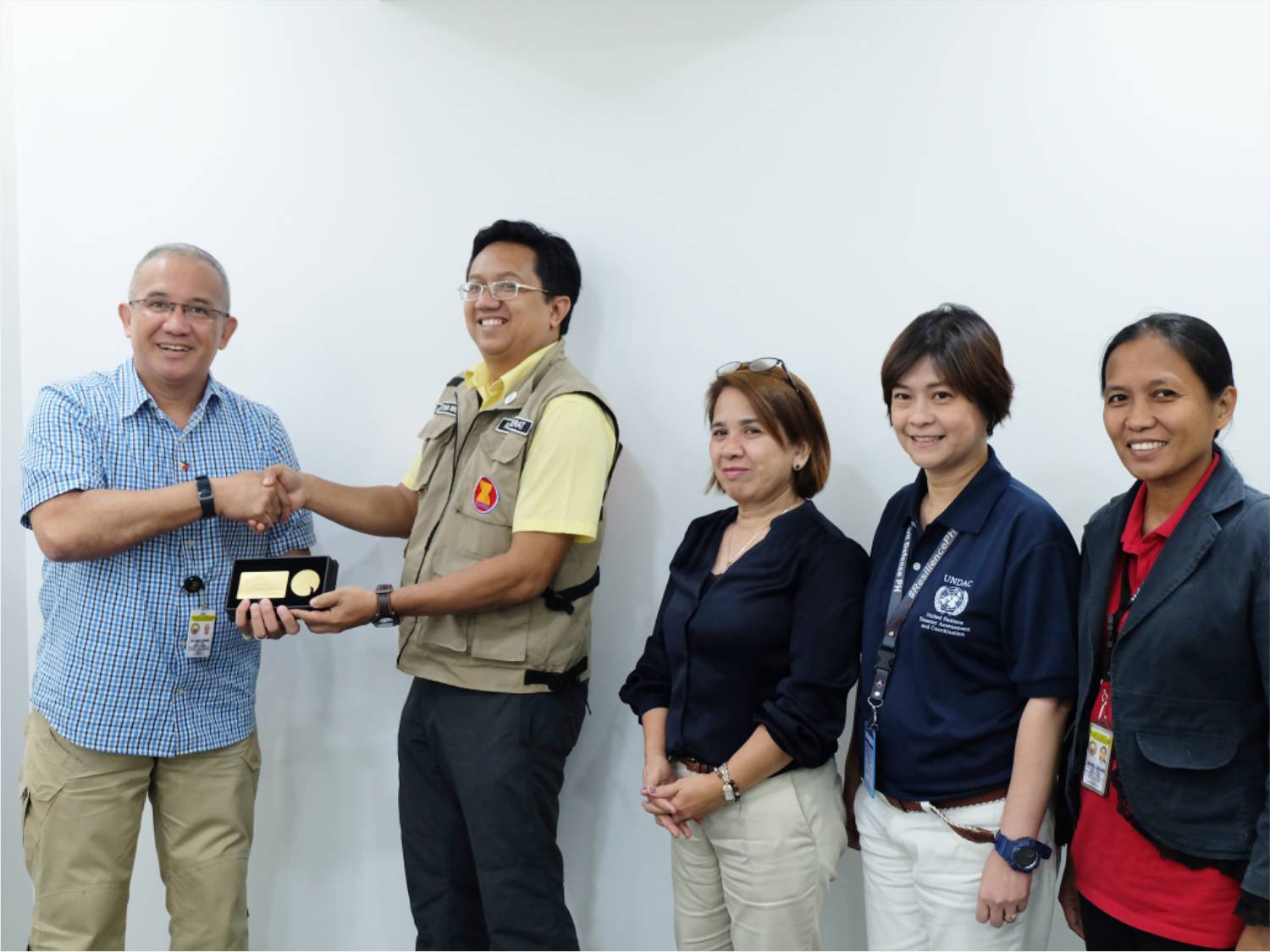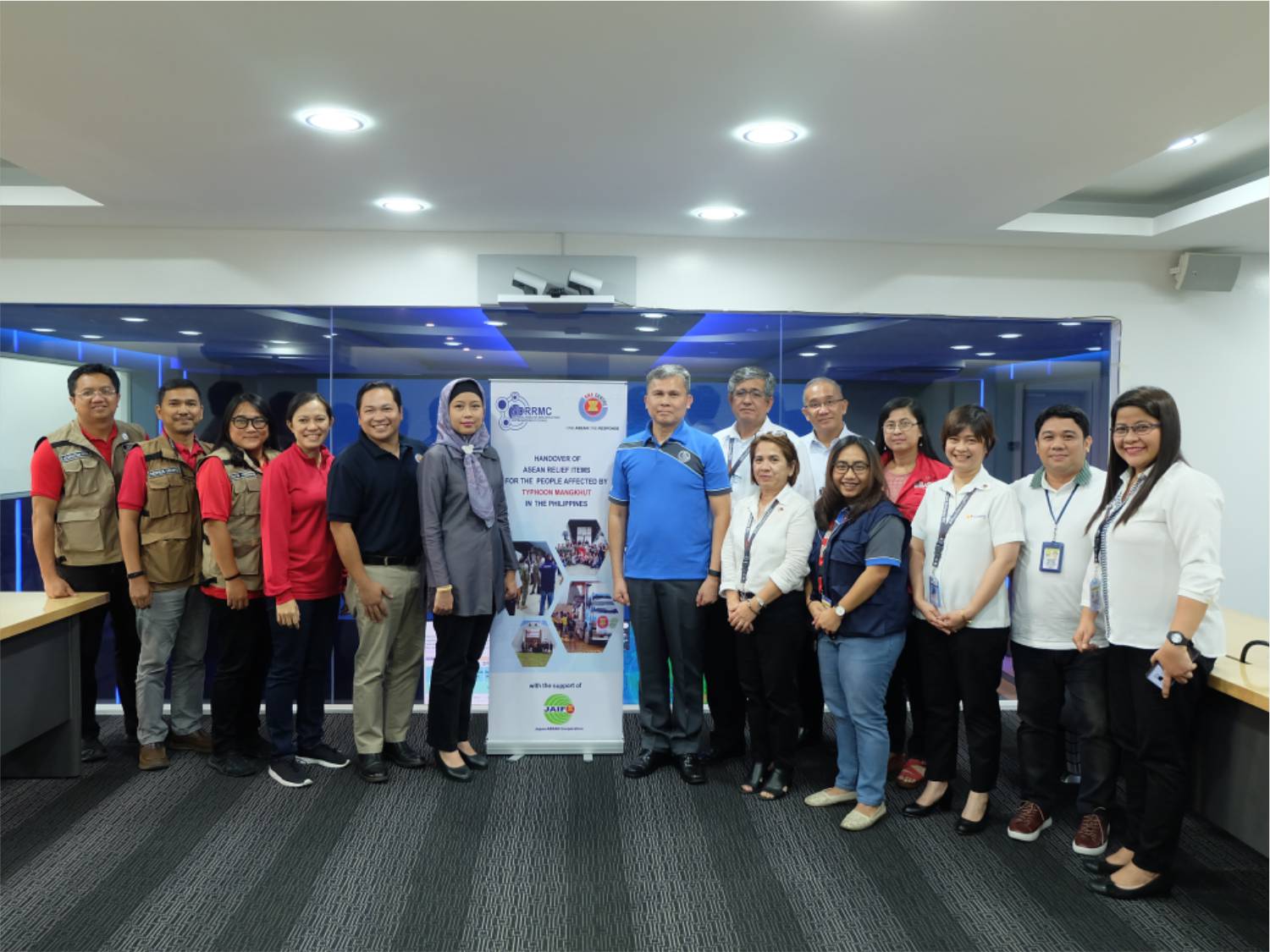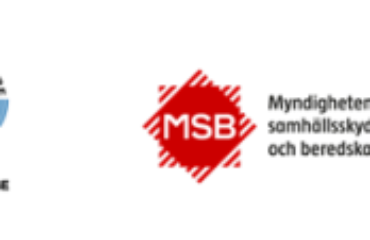
MR. ADIRATNA WIRA ADNAN
The diversity of the ASEAN region is reflected through the pool of talents within the ASEAN Emergency Response and Assessment Team (ERAT). The range of expertise and skills combined also showcases the inclusivity of ASEAN humanitarians – who meaningfully enrich perspectives of decision makers while engaged in emergency response. For this Volume of The Column, one of the ASEAN-ERAT Information Management specialists from Malaysia shares his story with us in between his packed schedule.
Now sitting as the Senior Assistant Director in the Technical and Infrastructure Department of Malaysia’s National Disaster Management Agency (NADMA), Mr Adiratna Wira Adnan has found himself on a career pathway that was somewhat unexpected. A background in engineering, and numerous strategic roles in public works and infrastructure development had Mr Adiratna working across some of Malaysia’s largest road and development projects, coordinating teams and collaborating with experts while contributing to Malaysia’s rapidly expanding infrastructure sector.
Adi – as he likes to be called – recalls being seconded to NADMA three years ago, and he was immediately interested in the work due to a range of other disaster relief experiences he encountered during his time in the private sector. “It’s not what I had originally envisaged”, Adi tells us, “but perhaps it is my pre-determined fate, and I am truly glad to be working here”. Adi also recognises the value brought by an engineering mind with disaster management, highlighting the relationship between risk-awareness in engineering that is also central disaster risk reduction (DRR) practices. “Trained as engineer, it helps me promote the safety-first awareness, analysing it qualitatively and later taking necessary action to avoid, mitigate or reduce the risk – particularly in safety and security aspects of DRR-related tasks”, Adi says.
As a member of the ASEAN-ERAT, Adi is one of the few members that have been deployed three times in less than one year, with the region calling upon his expertise during 2018’s Typhoon Mangkhut and Central Sulawesi emergency responses, as well as the preliminary needs assessment mission in Rakhine in early 2019. Adi highlights the varying natures of each deployment – the different contexts, aims and experiences all unique in their own way. Adi’s first response to Typhoon Mangkhut saw him taking part as a Team Leader of a small team gathering information that was complex and time-sensitive, while in contrast, the Central Sulawesi response was a large deployment in numbers and scope of work, collaborating with partners from both local and international parties. “It put all the existing related procedures and policies – not only ERAT but national and regional – to the test”, he remembers.
More recently, the preliminary needs assessment for repatriation readiness in Rakhine was a slow-on-set mission, seeing the more intense tasks taking place at the end of the 10-day deployment. Adi tells us that this was the “first extensive humanitarian assessment by ERAT, covering different and diverse aspects of assessment outside of the usual ERAT scope. It reflected the importance of safety and security aspects during deployment, that were perhaps often secondary during other previous response deployments”.
Adi’s tips for other ASEAN-ERAT members are highly relevant to his array of experiences during deployment. Primarily, Adi says “it is of the utmost importance to be well-prepared for deployment, physically and mentally. Personal preparedness should also include gathering relevant information, as well as useful tools for use when deployed. These efforts will help remove any self-doubt, and elevate your motivation, as you will perform strongly with the right tools at hand”. Adi has also facilitated workshops and trainings as part of the ASEAN-ERAT courses, as well as other related courses at universities and schools.
He enjoys such engagement, and recognises the value that learning from each other’s experiences can hold. “I consider myself facilitating a knowledge sharing session, of which I believe each person has something valuable to share that everybody can benefit from. Thus, the enthusiasm and energy within the class or the session always inspires me to do more.”
Finally, Adi also highlights the importance of work-life balance, even if your role is committing to serve your nation at all times. He tries to keep his work and family life separate, and undertake any extra tasks late at night as not to affect quality time with his loved ones. However, he also highlights that his fellow responders are his second family, and is always ready to give 100% commitment during responses. It is this mix of work and home life that provides Adi with his happiness, and he states that “I pursue happiness and challenges in work. I believe we will be happy if we give something to others and when we acquire something for ourselves. In this field, the opportunity to give – a new idea, a new way to do things, new technological advances improving regular relief efforts – this is as endless as disaster and its risk management itself, it is as broad as the seas”.
Written by: Shintya Kurniawan, William Shea | Photo : AHA Centre

